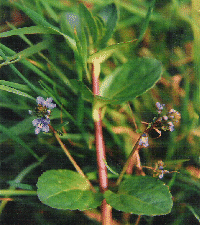
Brooklime
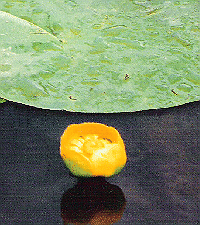
Yellow Water Lily
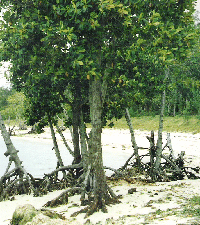
Mangrove
Dispersal of Seeds by Water
Some plants make use of water to disperse their seeds.
 Brooklime |
 Yellow Water Lily |
 Mangrove |
Although seeds of plants that grow in water are obviously spread by water, there are many other ways in which water plays a part in dispersing seeds.
Plants which grow beside water often rely on water to transport their seeds for them. They may produce light seeds which float, or there may be fluff that helps buoyancy. Two tall trees, Willow and Silver Birch, are often found in the middle of moorland, far from any other trees, but along the course of a stream. They can colonise such isolated places because they both have very small, light seeds, which can be carried by the wind or by water. Foxgloves and Harebells often grow beside streams. They both have light seed that floats.
Trees found on tropical beaches often have their seeds carried there by the sea. They have woody, waterproof coverings which enable them to float in the salty water for long periods. Coconuts are well-known travellers, as is the famous Coco-de-mer, found only on the Seychelles, but familiar before its origin was known from the giant seeds washed up on other tropical beaches.
Mangroves are another familiar tree of tropical beaches. Their seeds are unusual in that they can begin germination while still on the parent plant, and they drop into the ocean when about a foot long. These 'sticks' float upright in the sea, waiting to be flung onto the beach to continue germinating.
Seeds of some tropical trees can even be carried along by ocean currents to land on shores half a world away. Sometimes Sea Beans, the seeds of Entada gigas, are carried from their homes beside rivers in Africa, Australia or South America, across the ocean to land on European shores.
Seeds spread by this method include:
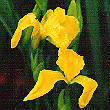 |
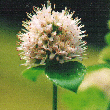 |
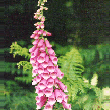 |
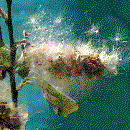 |
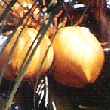 |
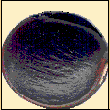 |
| Back to the Seed Dispersal Main Page |
|---|